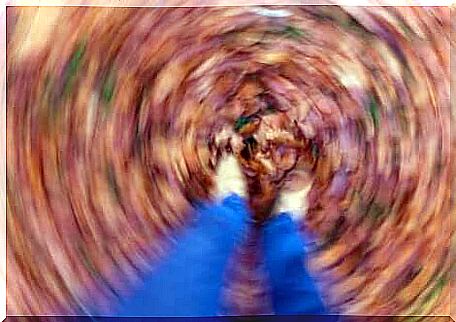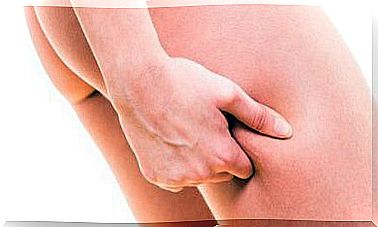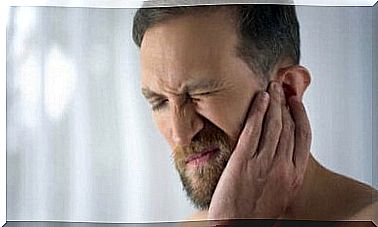Postural Vertigo: Prevention And Treatment
Postural vertigo is an anomaly that tends to disappear and reappear spontaneously. In some cases, it requires simple treatment prescribed by a doctor.

Postural vertigo, also called benign paroxysmal positional vertigo , is a common condition in people between the ages of 40 and 50. In more than 50% of cases, the cause is unknown and often resolves spontaneously.
One in three people suffers from an episode of simple postural vertigo during their lifetime. It is almost always something fleeting and without major consequences. This condition was first described by Barany in 1921, and there is no specific treatment for it yet.
It is estimated that 2.5% of the population will experience a severe attack of postural vertigo throughout their lifetime. The incidence increases with age and up to 9% of people over the age of 60 suffer from this type of problem. This constitutes a significant reason for consultation.
What is postural vertigo?
Postural vertigo is defined as an illusion of movement, either from the environment or from the person himself. The sensation is akin to a gyratory sway, a displacement of the body or a movement of the ground. It usually lasts a short time but is recurrent.
We speak of postural vertigo, more precisely, when the illusion of movement occurs by moving the posture of the head. This type of vertigo causes a sensation that ranges from mild to intense. Although this is an annoying problem, it is rarely serious.
Furthermore, there are two types of general vertigo classifications: peripheral and central. Postural vertigo is peripheral, it is the most common and it is not dangerous. In contrast, central vertigo is more severe and is linked with brain disease. The episodes last longer and are generally more intense.

Identify the problem
The basic symptom of postural vertigo is the delusional sensation of movement which causes some loss of balance that most people define as vertigo or lightheadedness. Sometimes it is accompanied by nausea or vomiting. As well as the sensation of having the ears plugged, with rapid movements of the eyes and a moment of bewilderment.
Most of the time, these episodes occur spontaneously and last less than a minute. They are often triggered by a rapid movement of the head and their intensity is variable. On the other hand, the dizziness can become recurrent but can also disappear for a while only to reappear later.
Usually, the doctor diagnoses this disorder through a clinical interview accompanied by a physical evaluation. If in doubt, examinations such as electronystagmography or videostagmography, or even an MRI.
How to prevent postural vertigo?
In more than half of cases of postural vertigo, it is impossible to determine the cause. In general, there are no relevant risk factors. However, it is more common in people with a family history of vertigo, who have suffered from ear infections or received a blow to the head, even though it was not serious.
Indeed, many cases are due to a problem in the inner ear. In this part of the body, there are fluid-filled canals that stir when the person makes a movement. If there are small pieces of calcium floating in this fluid, called canaliculi, the brain may feel their movement even though the person is still.
Since this type of vertigo is directly associated with movements of the head, the best way to prevent them is to avoid rapid and sudden movements of the head. It is also advisable to avoid stress and the consumption of substances that excite the nervous system.

How to treat postural dizziness?
There are medicines that help reduce the feeling of dizziness. Likewise, the famous technique called Epley maneuver , is considered to be very effective in eliminating symptoms. The goal of this procedure is to get the canaliculi out of the ear canals so that the sensation of movement no longer occurs.
This maneuver is performed in the doctor’s office and consists of turning the head to the side where the vertigo occurs. Then the patient is suddenly placed on his back and symptoms may increase. The head is then slowly turned in the opposite direction as well as the body.
Finally, the doctor asks the person to sit down and repeat the exercise. Repeated application of this technique will make the dizziness disappear. They can come back a few weeks later, and a new application will then be necessary.
It is a professional who defines the necessity and frequency of the application. Finally, if you suffer from recurrent vertigo, then a full assessment will be applied to rule out other more serious causes.









